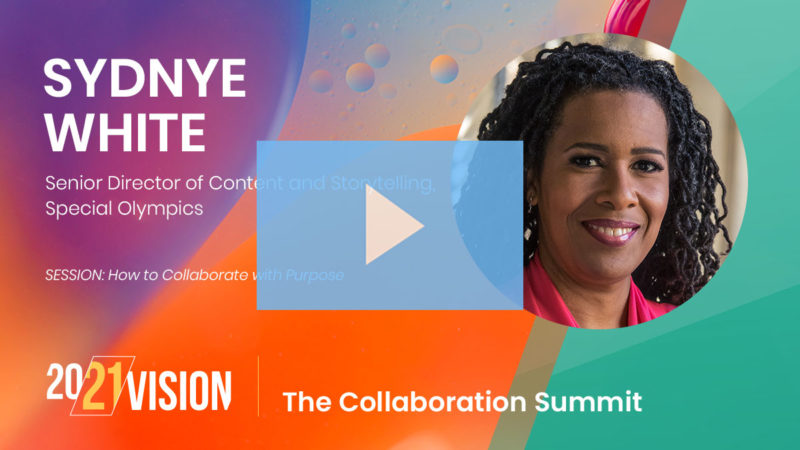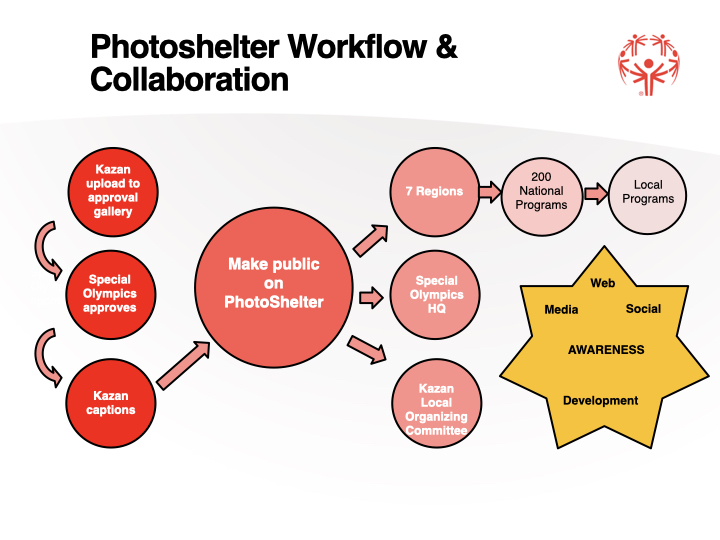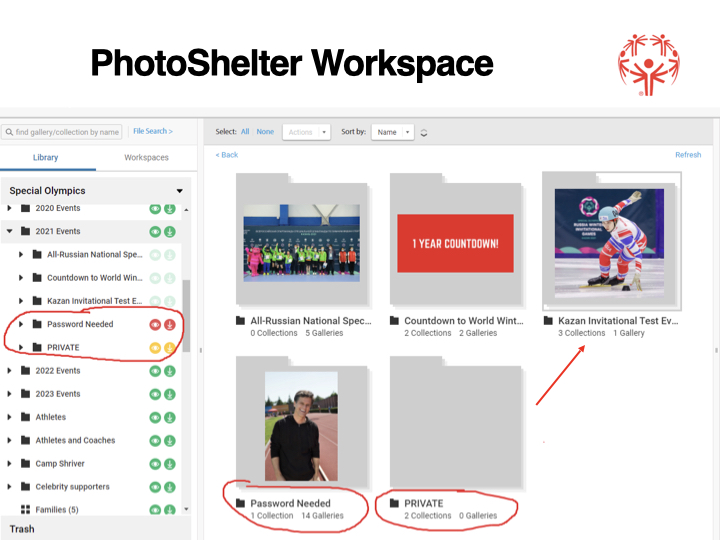Did you know there have only been five times in history since 1896 when the Olympics haven’t happened as planned, or at all? Three times they were canceled because wars were happening and twice in the ‘80s Cold War boycotts caused little to no athlete participation.
After witnessing how public events have been transformed by the unprecedented pandemic, we’re lucky that the highly-anticipated postponed Tokyo 2020 Olympic Games are even happening right now.
Like most sporting events that happened last year, the Opening Ceremony for the Tokyo 2020 Summer Olympics looked admittedly different than all other Olympic games with an absence of audience members cheering in the stands and face masks obscuring the familiar, heroic faces of world class athletes. However, the performances captivated millions and showcased cultural traditions, the bridging of cultures, an homage to the first time Tokyo hosted the Olympics nearly 60 years ago and dazzling feats of technological wonder.
It’s hard to imagine the coordination, the collaboration, the teamwork, and the sheer ingenuity and innovation that goes into programming and marketing an internationally acclaimed event of Olympic stature, but luckily, we don’t have to wonder if we look at another international sport organization. Just a month ago we sat down with Sydnye White, Senior Director of Content and Storytelling for Special Olympics at 20/21 Vision: The Collaboration Summit to hear how she alone managed the digital asset management and global content strategy for February 2021 Kazan Test Games in Kazan, Russia; the invitational where athletes and global affiliates run through a trial version of the World Winter Games 2022.
Watch the full 10-minute segment or read the highlights below to learn how to level up your content strategy and operations from this compassionate leader and one-woman team.
The Situation
Similarly to the Tokyo 2020 event, the Kazan Test Games’s restricted attendance rules only allowed approved athletes and partners shifting the landscape that most were used to performing or working within. There were fewer athletes and fewer content creators on site overall and again, Sydnye was the only one working to keep communications and creative content consistent at the highest organizational level, so finding tools and resources that seamlessly integrated with their global workflow and optimized output was key.
Sydnye outlined the international relay of content clearly and simply, “The teams that were involved in the collaboration was me at Special Olympics headquarters and in this case, I was the only one doing approvals, so having a platform like PhotoShelter really makes it easy to collaborate with people on a global level. We work really closely with our Special Olympics Europe Eurasia region—Special Olympics is globally sliced up into seven regions, which is further sliced into national programs so that we can really reach each other on a grassroots level.”
Applying that grassroots approach on a global scale made it easier for international teams working remotely to lean on the local and national program teams for support. “Our hosts were the local Kazan organizing committee and it was their job to actually put the games on. So they had a small team of photographers—where normally, they would have their team, we would send a team, there would be other teams, but in this case, we had to keep it small again for safety issues,” Sydnye says.
“We’ll have 1,000 to 2,000 athletes participating with about 30 to 50 countries, 7 sports, and 300 volunteers. Just to give you an idea, our summer games are a little bit larger and when we first started implementing the PhotoShelter platform we used it in 2019 at our Abu Dubai games which had 7,000 athletes, as opposed to 1,000, so we had thousands and thousands of assets that we were able to upload and share very quickly.”
The Solution
To give us a peek into how she executed the launch of this year-ahead, massive, and far reaching campaign, Sydnye walked us through the organization’s asset management and distribution workflow for all major events and specifically for the February 2021 Kazan Test Games.
She notes, “This is our basic workflow that we use for major events now. The team, in this case in Kazan, uploaded the photos to an ‘Approval’ gallery that was not made public and they were in Russia on Russia time. When I woke up in the morning, I would find all these beautiful pictures of our athletes and I would approve them, let the Kazan team know or I’d move them over to folders with pictures that have been approved, then they would add captions back in Russia,” and at this point in the relay of content, it’s all about working efficiently in the Workspace.
Sydnye says, “When I would see that those were finished I would make them public on to various folders on PhotoShelter…From there I would alert our seven regions who would alert their 20 or more national programs and they would alert their local programs, which are your city programs, your county programs, your state programs.”
Did the speed help Special Olympics succeed in spreading their mission, message, and minute-to-minute coverage of the Test Games worldwide? By the breakdown of engagements Sydnye cites, we’d say so,
“We uploaded about 550 assets to be shared on PhotoShelter, and traditional media placements in Europe only were over 510 pieces. Globally it was even more…We reached over 223 million people and for social media [again only in Europe] we had over one million impressions.”
Sydnye White, Special Olympics Senior Director of Content and Storytelling
Innovations Up Next
For sports teams and leagues that aim to push game time moments to the media and fans’ phones as they happen, leveraging RosterIQ, PeopleID, and BrandIQ to automatically tag essential elements in images can help key content teams locate, organize, and distribute assets in real time faster and with less headaches.
However, unlike many other sports orgs, Special Olympics hosts training events and competitions for athletes with intellectual and physical disabilities year round.
The constant content coverage can be demanding to keep up with when coordinating consistent communications across 170+ countries, so Sydnye is psyched to put our tech to the test, “One of the things we’re really excited about potentially using with PhotoShelter is their AI technology which would allow us to have almost instantaneous captioning [tagging] and identification of our athletes based on their face and their jersey number recognition…,” she said, “just to build on the excitement that we already have that we can easily reach our global audiences quickly to share these stories of inclusion to show that our athletes are skilled trained athletes who really are able to do incredible feats.”
To learn more about how Sydnye expertly approached the development and execution of a multinational global event launch, watch the impressive 15-minute segment on-demand, here. Then, dive into all The Collaboration Summit sessions for more thought-provoking professional insights to kickstart your second half of 2021.






